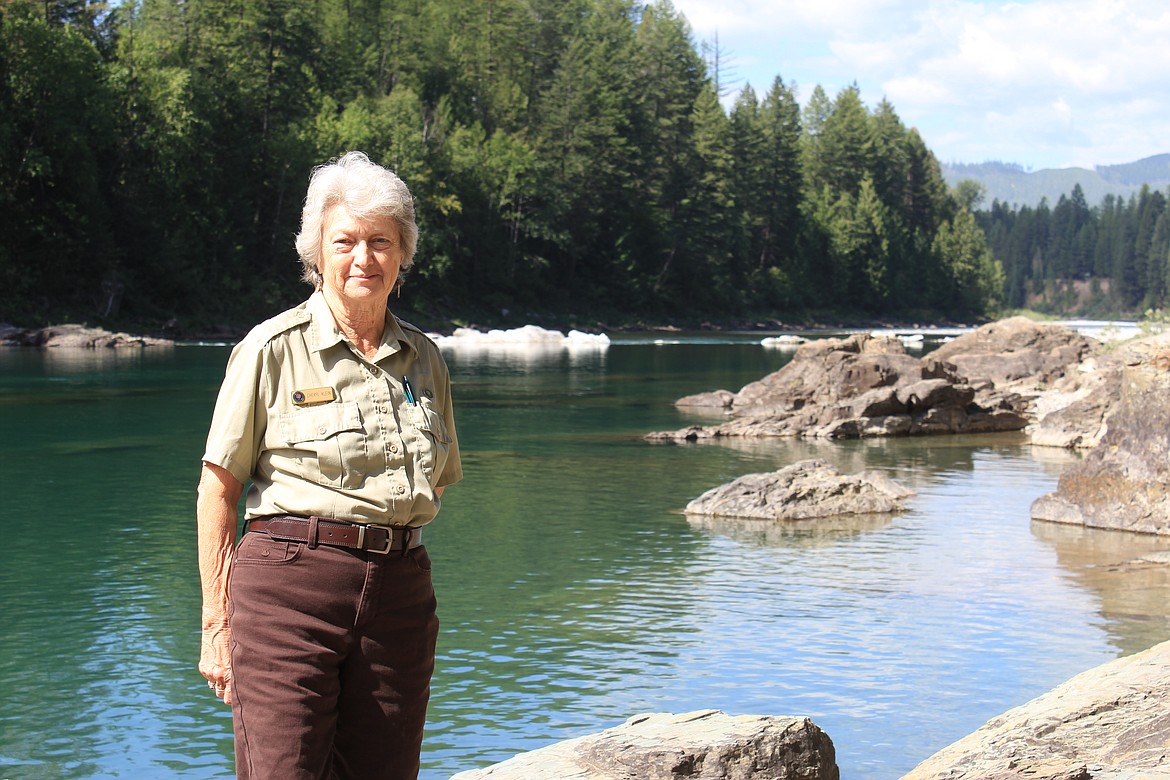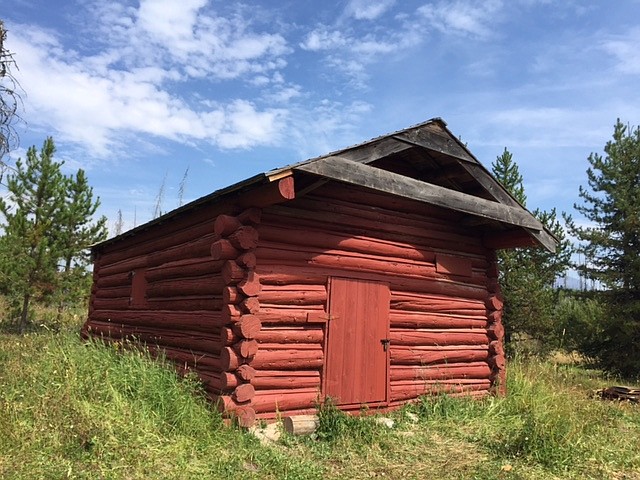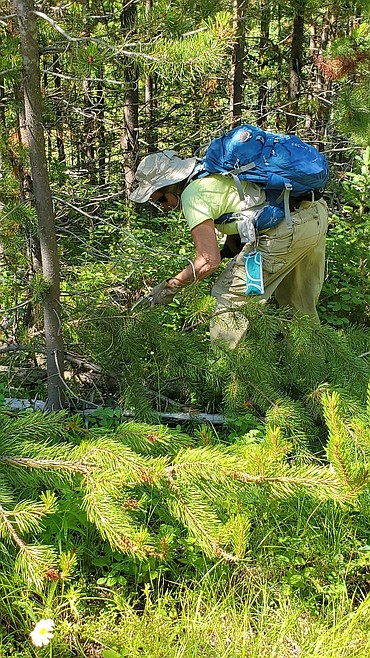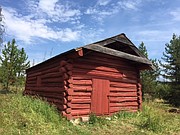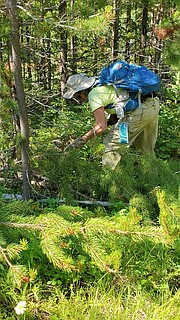Volunteer dedicates nearly 20 years of service to projects in Glacier National Park
Cheryl Klein’s first project with the Glacier National Park Volunteer Associates in 2005 didn’t quite go as planned.
She remembers hiking with her husband and another volunteer to paint the line cabin that sits at the foot of Logging Lake. They hadn’t packed tents assuming they’d be able to sleep in the tiny cabin, but were met by two snowshoe hare researchers who already had dibs.
The group found three old Army cots mangled by mice and began sewing them together to sleep in the boathouse.
“Well, I'm a little claustrophobic and I said, ‘You know what? I can't sleep in here.’ So, the two guys are in the boathouse and I've got my cot outside the boathouse and that's where we slept,” Klein said.
As Klein slept under the stars in Glacier that night, she did not know that it was the start to a new chapter of her life with the volunteer associates. She went on to be the president of the organization twice, as well as the treasurer, and currently serves as a member on the board of directors.
These days, the former nurse spends a lot of time in the backcountry permitting office helping visitors understand what they’ll need for their camping trip. She admits that not everyone is very prepared and often wonders how their trip went.
“I did get a card from a group two years ago that I worked with and told them lots of stuff. Like ‘well, if you're camping here, make sure you take a little side trip over there.’ And I got a card thanking me specifically,” Klein said.
The volunteer associates are not the only volunteer group working in the park each season, but they are the only all-volunteer nonprofit partner. With around 150 members, the associates can be found in almost all facets of park operations, from helping visitors navigate the vehicle reservation system to participating in animal studies.
Klein has had her share of more physical projects like the renovation of the historic Matejka Cabin. The Matejka homestead, founded by Rudolph Matejka in 1908, sits a mile off the Inside North Fork road in the park. The trail to get to it can be accessed across from the Howe Ridge Trailhead, Klein said.
After the Matejka family donated the site to the National Park Service, it had to be restored as closely to its original build as possible. According to the park service plaque that sits at the cabin, the volunteer associates put in 400 hours of labor between 2011 and 2014.
Klein said they began by tearing down the more modern additions around the property made by the Matejka family over the years and then cleaned out the interior, where walls needed to be raised and doors replaced.
While historic restorations in the park get clearance for some power tools on occasion, the majority of the work is completed with hand saws and a hammer.
“They did bring a generator in here at one point to do something. But when we roofed it, it was all hammer and nails, you know, no hand guns,” Klein said.
As volunteers like Klein stick around and work on various projects throughout the years, they get a great understanding of Glacier Park.
Barbara Lancaster, the group’s board president, said volunteers must be supervised by a park employee while they do their projects and there are times where volunteers help new employees learn more about the park.
“One thing that makes us different is we’re year round. You've got relationships with people and Cheryl has been doing these jobs for all these years. A lot of the newcomers can't even find their way around the park when they get here,” Klein said.
They fund or contribute to a few set projects every year, such as Glacier’s Backcountry Ranger Internship. That program is funded by the Taggart Schubert memorial fund, which was set up by the family of the former Glacier seasonal worker who died on a winter climbing excursion on Mount Jackson in 1995. Other annual projects include overseeing and maintaining the Artist in Residence cabin and running the Apgar Nature Center.
Besides these determined projects, what the volunteer associates do each season is up to the park service.
“We used to do a lot of work on the lookouts and now there's the lookout association. So the type of projects that we get now are not as glorious as they used to be … and there’s more people who want to volunteer in the park,” Klein said.
For the 2023 season, the volunteer associates are painting employee housing, sanded and painted the McDonald Creek overlook, bundled information for visitors at headquarters, answer visitor questions at the Apgar Visitor Center, as well as serving as campground hosts, backcountry patrols and river patrols, among other roles.
Klein calls their group “petite and elite,” meaning that they believe the group is able to accomplish more with their current membership. This year, the Apgar Nature Center reopened for the first time in several years after closing due to the pandemic in 2020.
Lancaster said they are excited to be back in the Apgar Nature Center, where there are displays of skulls, claws, plants, bark, pelts, antlers, horns and various rocks for visitors to interact with. She fields all sorts of questions here, and occasionally people will come back to say thank you.
Not everyone is so courteous, though.
“I had a woman ask me what ice cream flavor is best at Eddie’s, and I really didn’t know. I told her ‘I’m afraid you've asked me something I just don't know the answer to.’ And she said, ‘I'm very disappointed in your answer. Who can I write to?’ What?,” Lancaster laughed.
In addition to their work through the summer season, the volunteer associates also arrange a winter speaker series at the Northwest Montana History Museum in Kalispell, with topics pertaining to Glacier Park.
To find out more information about the Glacier National Park Volunteer Associates, visit www.gnpva.org.
Reporter Taylor Inman can be reached at 406-758-4433 or by emailing tinman@dailyinterlake.com.


